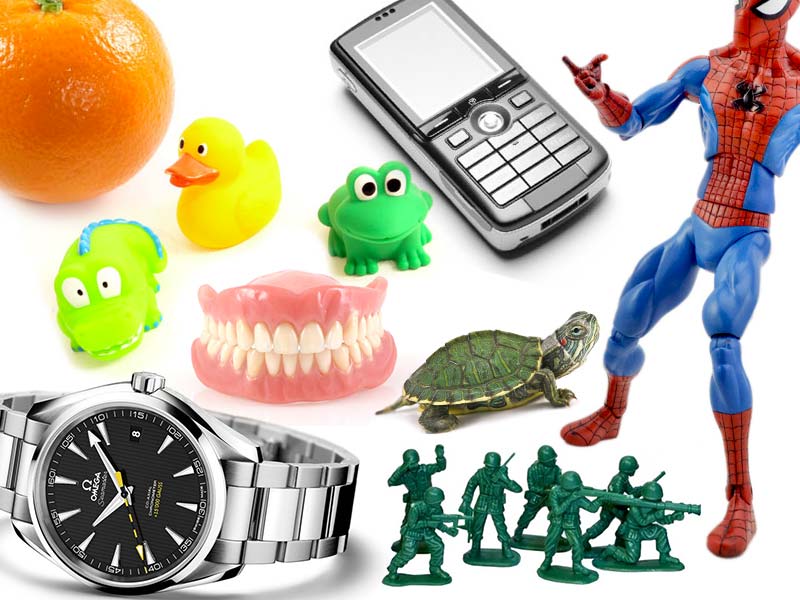Overview
By Responsible Flushing Alliance
April 16, 2021
Did you know that flushing products that were not designed to be flushed down the toilet can put the health of your home at risk?
Just because an item looks like it can be flushed, doesn’t mean it should be. Flushing materials that were not designed to break down in wastewater treatment plants can result in dangerous sewer clogs that damage your home plumbing system and can cost a lot to fix. In fact, 98% of the materials that make up sewer clogs are from items that were not meant to be discarded in the toilet.
Most of the products we use in and around the bathroom to keep our homes clean, and for personal hygiene, were specifically designed to be disposed of in a garbage can or waste basket. By disposing of these “non-flushable” items properly, you prevent the formation of sewer clogs in pipes and water treatment plants, which in turn keeps our homes and communities healthy and safe.
You may not even realize that the products you are using shouldn’t be flushed down your toilet. Some things look different, but some of these items look and seem similar to toilet paper. Here is a list of the top commonly used non-flushables that really should not be disposed of in the toilet:
- Paper towels
- Baby wipes
- Disinfecting and cleaning wipes
- Feminine products (pads & tampons)
- Q-tips
- Dental floss
- Makeup applicator pads
- Makeup removal wipes
- Cigarettes and cigarette butts
- Facial tissue
Most are a little surprised about the items on this list as a significant portion of them seem to go down the toilet just fine without any immediate consequences. But the build-up accrued by flushing these items down your toilets can lead to the formation of clogs that block and damage your home plumbing system, and even the wastewater management system in your community. And then you really have a problem.
Though these products conveniently go down the toilet, it’s not worth the risk of potentially damaging your plumbing and landing an expensive repair bill that can cost between $4,000-$15,000. Not to mention, how plumbing problems can pose great risk to the health of your home.
Looking out for the “Do Not Flush” symbol on the label of your cleaning or personal hygiene product is the best way to determine if it is a non-flushable item. When a product has this mark in its label, it means that this item should not be flushed down the toilet and should be discarded using an alternative method of disposal. Make sure to keep an eye out for this symbol when shopping for, and using, general household cleaning and hygiene products.
Learn more about the Responsible Flushing Alliance (RFA) and its mission to educate the public on how responsible flushing behavior leads to a healthy home at http://flushsmart.org/.
